Today, the biggest news comes from Ukraine.
Over the course of the war, Ukrainian defenders have forced Russia to change their tactics from large, concentrated mechanized assaults to a huge number of infiltration assaults. Now, the Russian rate of advance was cut in half, while the number of assaults remains at an all-time high.
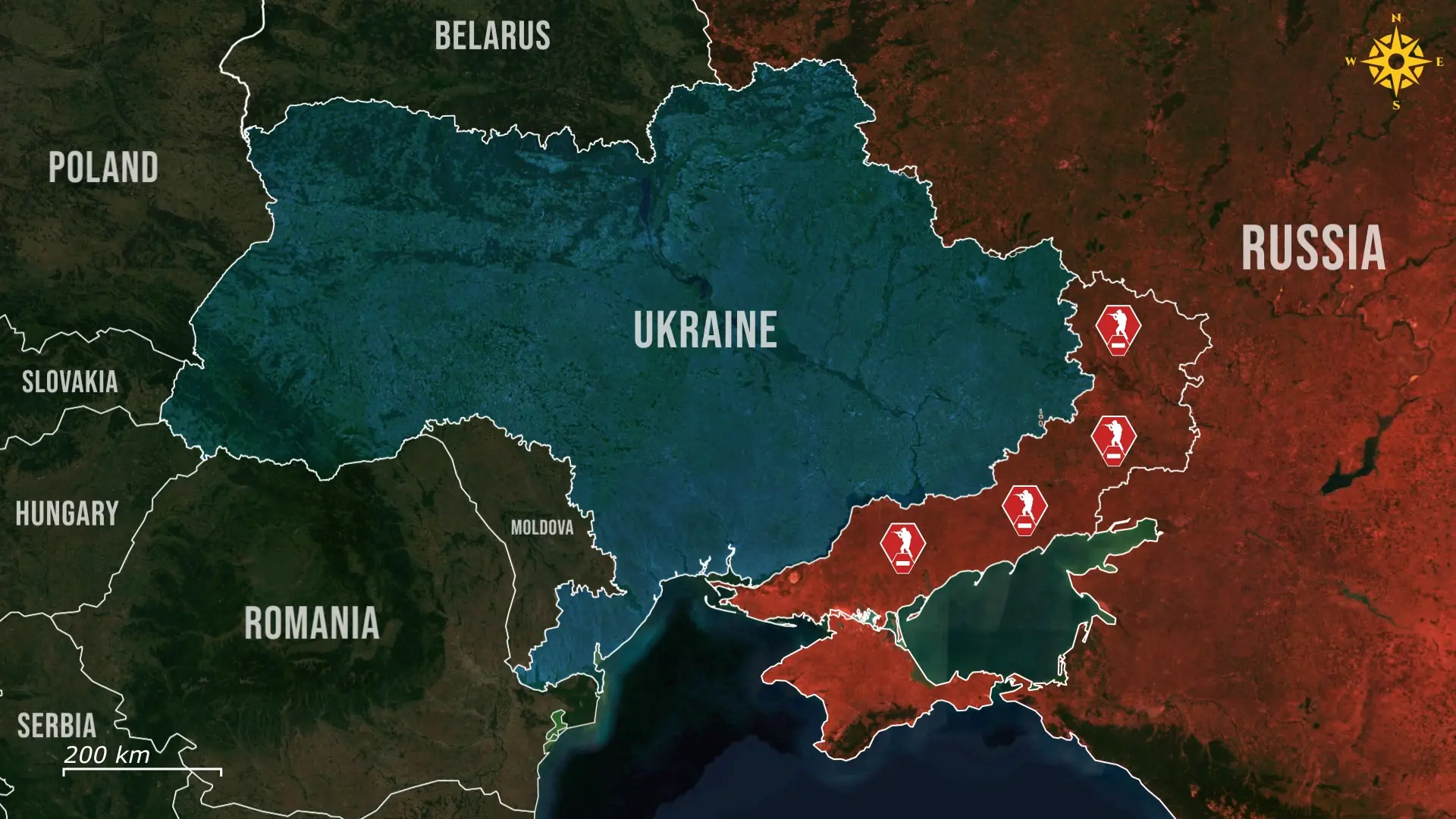
Russian advance rates have dropped to their lowest in September since May, as they only managed to gain 259 square kilometers of Ukrainian territory. It is 44 percent less than in August, which translates to approximately 0.04 percent of the country’s total area.
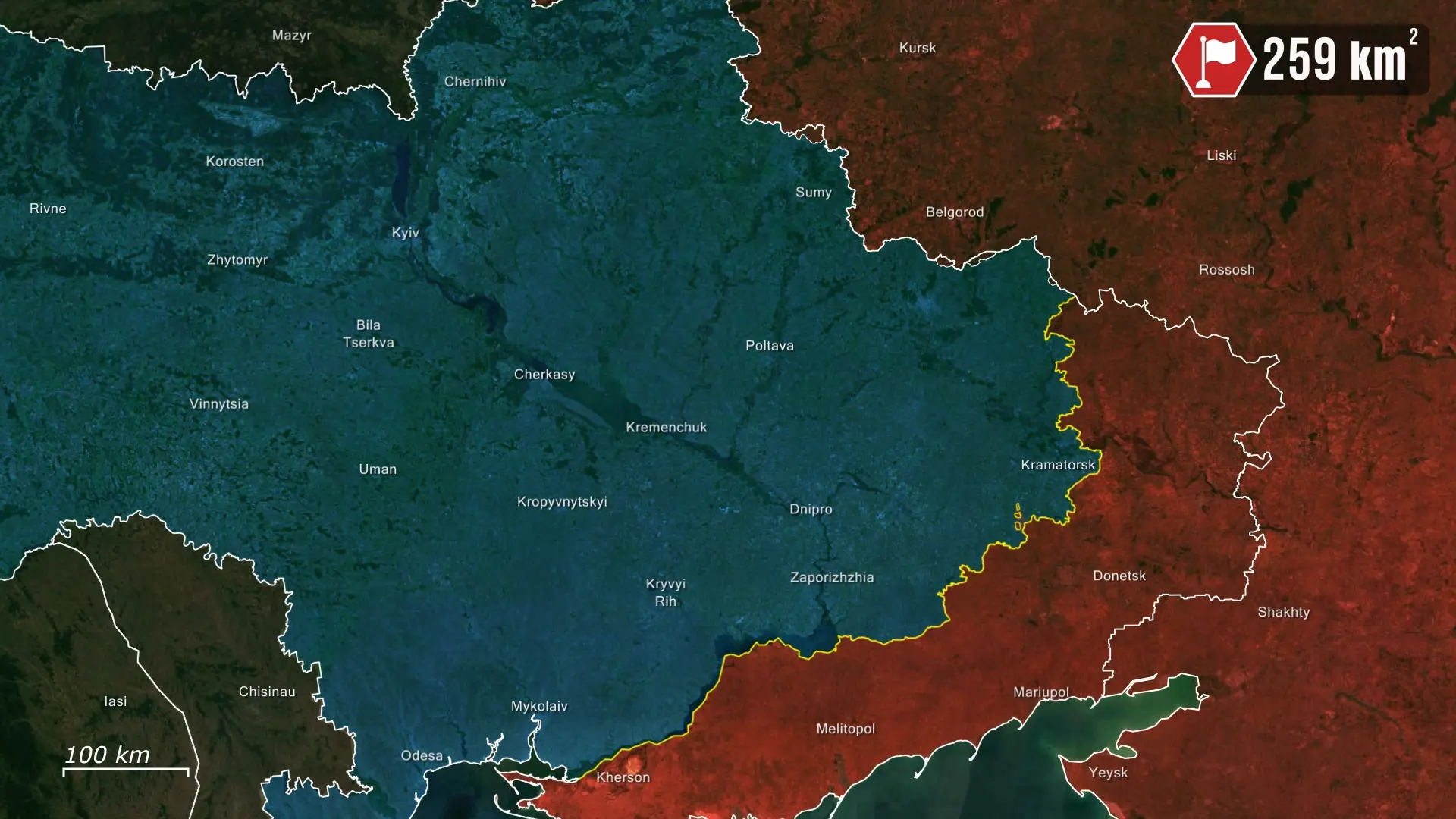
In the Sumy direction, fighting is ongoing, but the Russians didn’t manage to take any ground. Kupiansk, with the third most territories taken under Russian control, has become a focal point recently, since Russia made incremental, but important advances in the northern part of the city, taking residential houses.

10 percent of the attacks happened in the Liman direction, which led to the second most gained territory for the Russians. This sector has seen an increase in combat operations, but the Russians are still far away from taking the city under control. Further south, months of relentless fighting have been going on in the Toretsk direction, but only 8 percent of assault actions occurred here; Russian forces only managed to take 4 percent of the total Ukrainian territories gained in September.
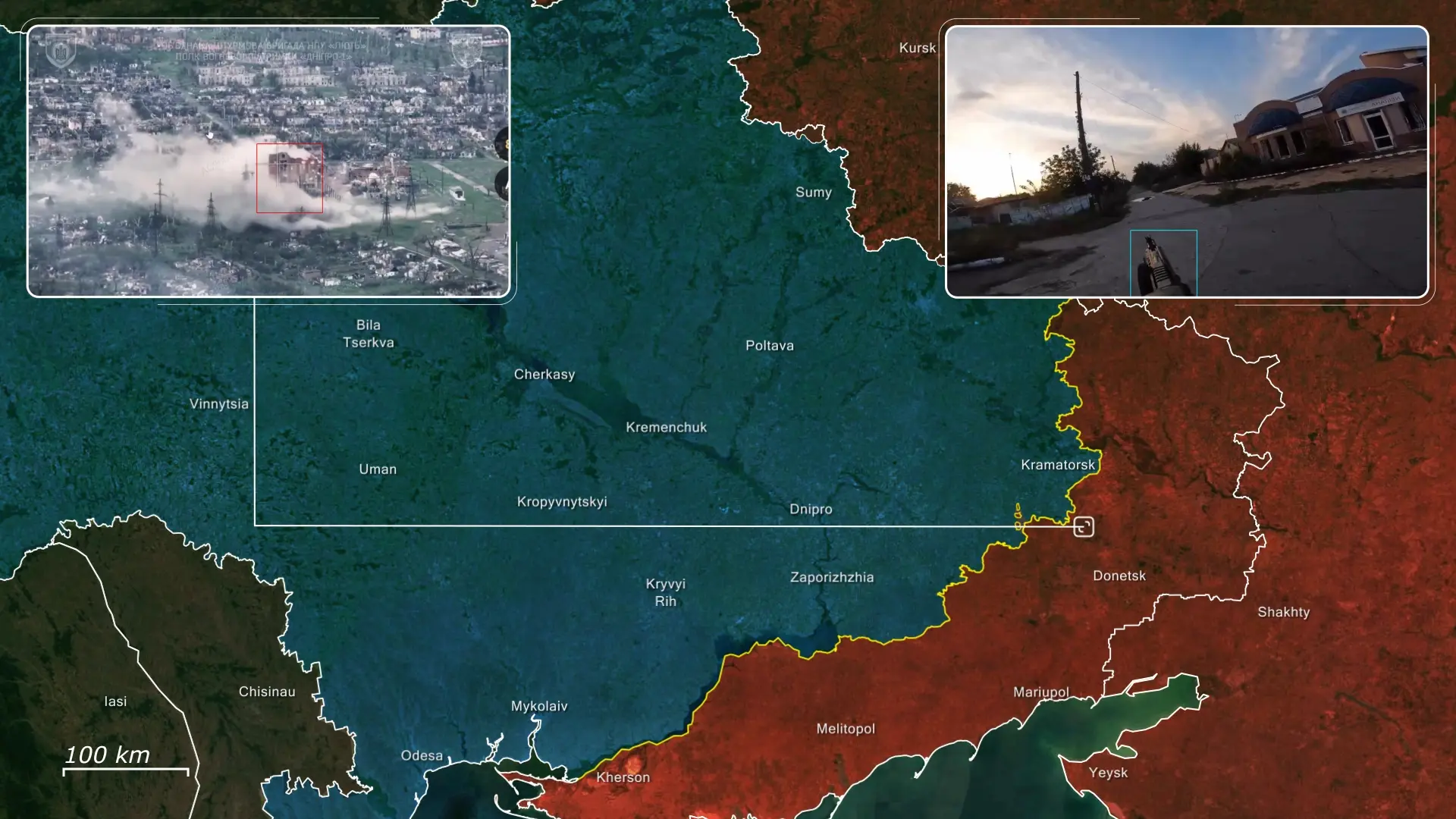
Statistics also show that Russia’s main objective is to take Pokrovsk, because a third of their assaults were directed towards the city. Pokrovsk is encircled from three sides, but the defense remains effective, repelling attacks from the south while conducting counteroffensive operations north of the town. In the Dnipropetrovsk sector, Russia had the most success, taking 53 percent of all square kilometers with only 16 percent of assault actions during the month, which indicates that their advances are significantly higher than their assault actions.
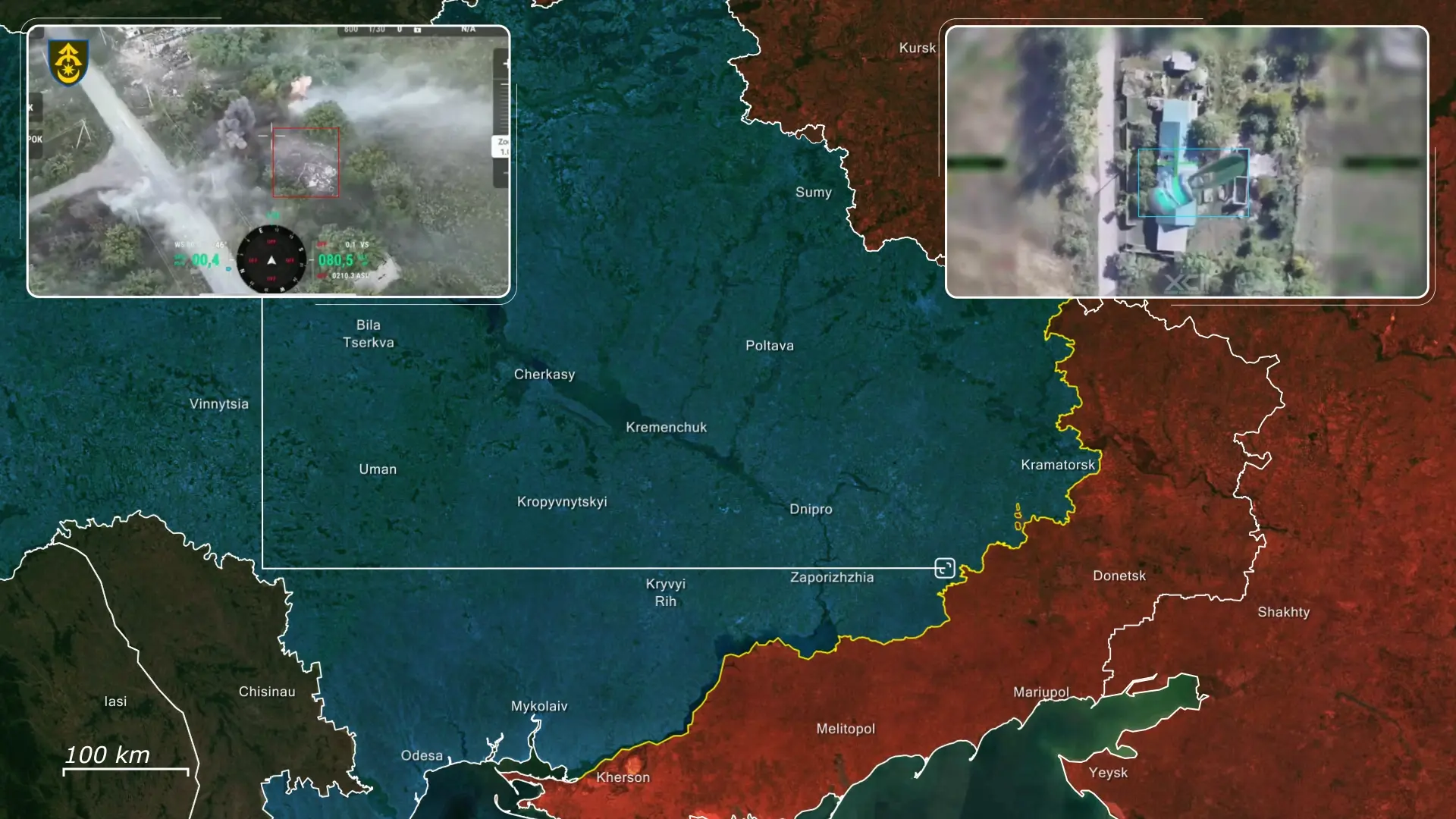
Russian assault tactics have shifted from mechanized assaults to infiltration with a small number of infantry. Mounting assaults with armored vehicles became difficult, as constant drone surveillance allows the defenders to spot the attacking forces kilometers behind the contact line and start engaging them before they can reach Ukrainian positions.
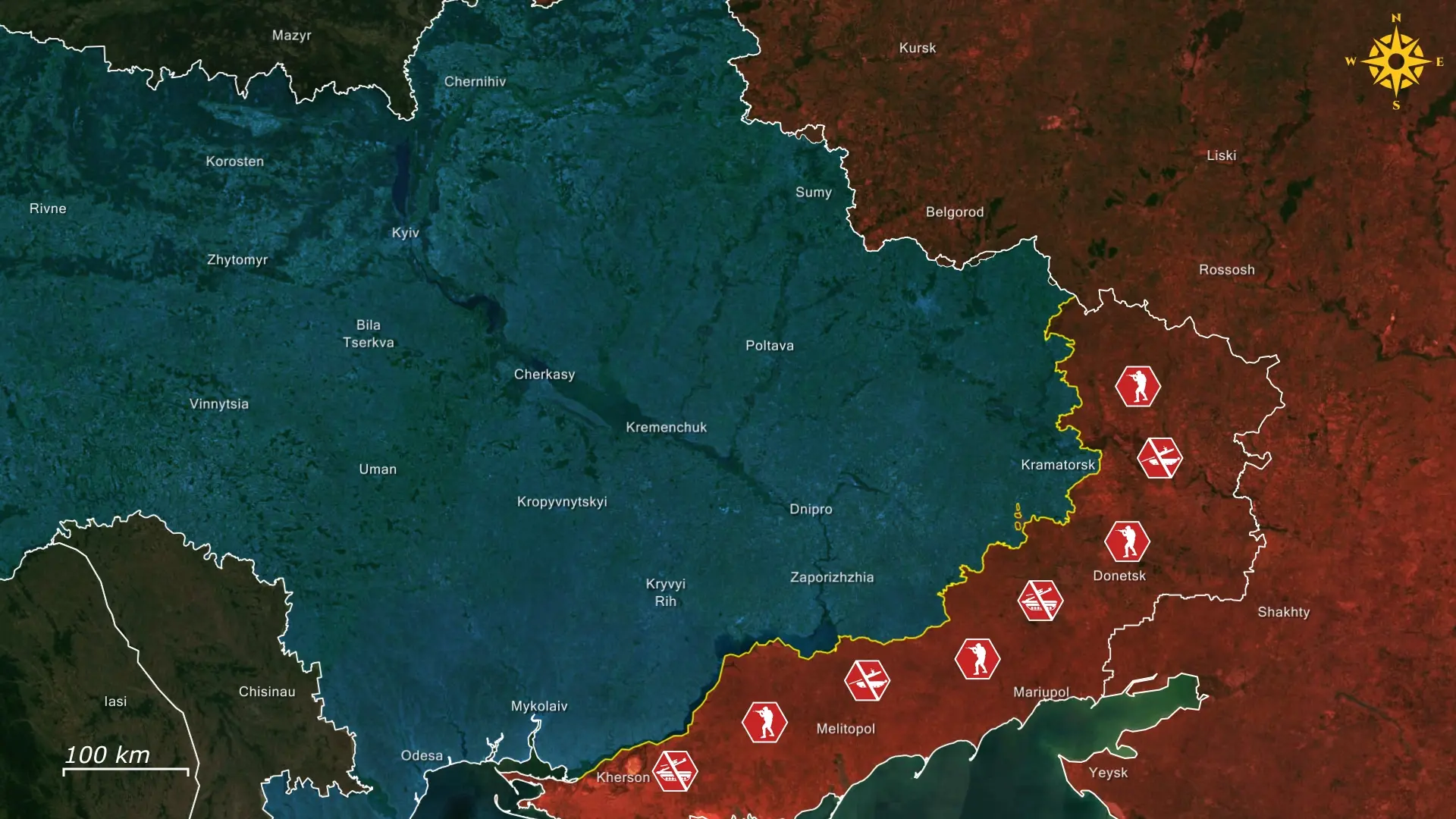
Small infantry groups of two or four soldiers are more difficult to spot because they use blankets to reduce their heat signature or dress in civilian clothes to avoid being detected. However, both attacks only count as one in the statistics, meaning that the power of the assaults dropped significantly, while the number remains the same, showing that Russia is losing its ability to make considerable gains.
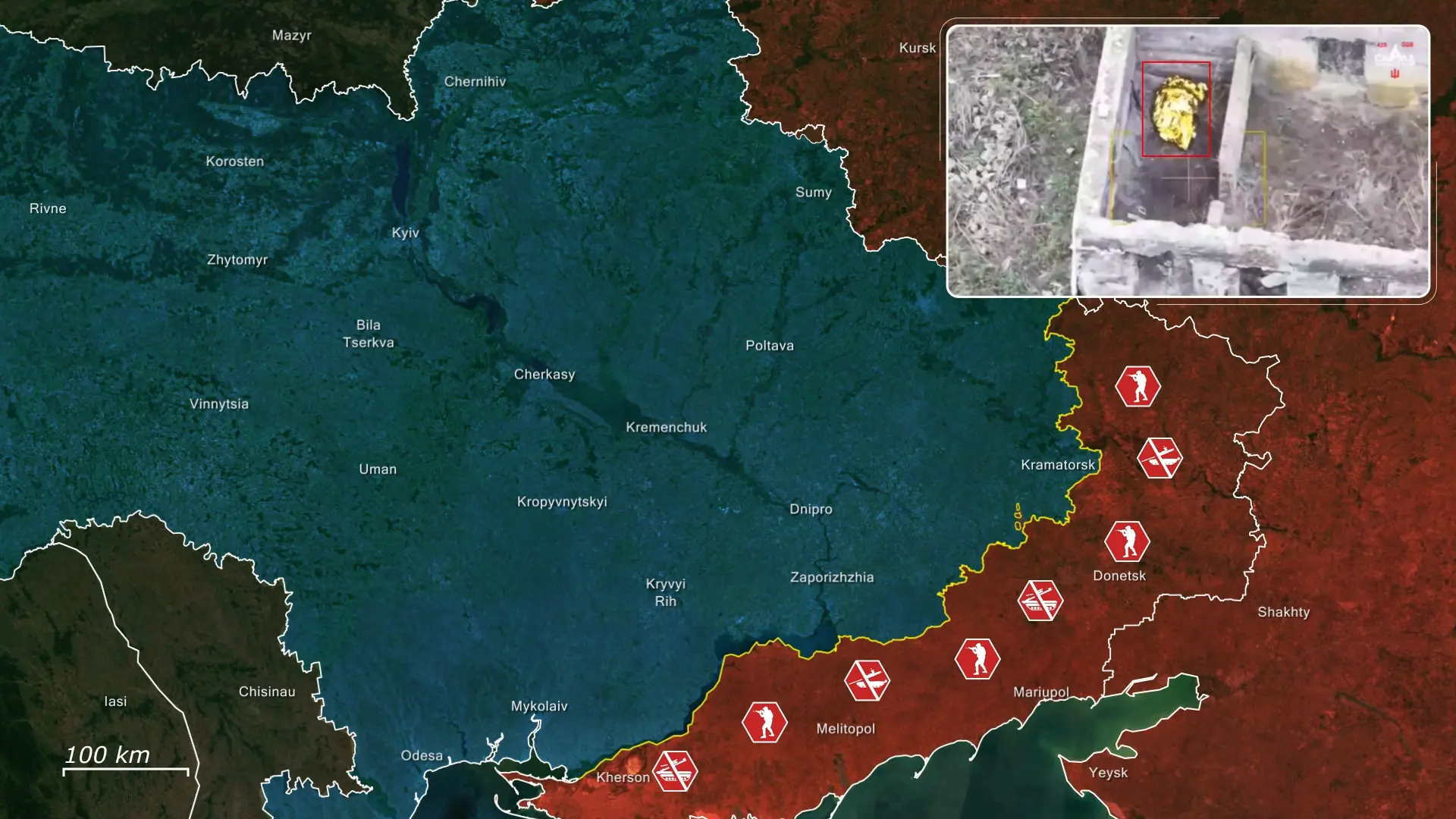
What this means is that Russian infiltration tactics are extremely susceptible to resulting in incremental gains, but not any significant movement or breakthrough can be materialized. Besides the offensive power of the Russian army having dropped drastically, last month they have also wasted a huge number of resources at Dobropillia trying to reconnect with encircled forces. These failed efforts have resulted in approximately 12,000 casualties and 400 armored vehicles destroyed.
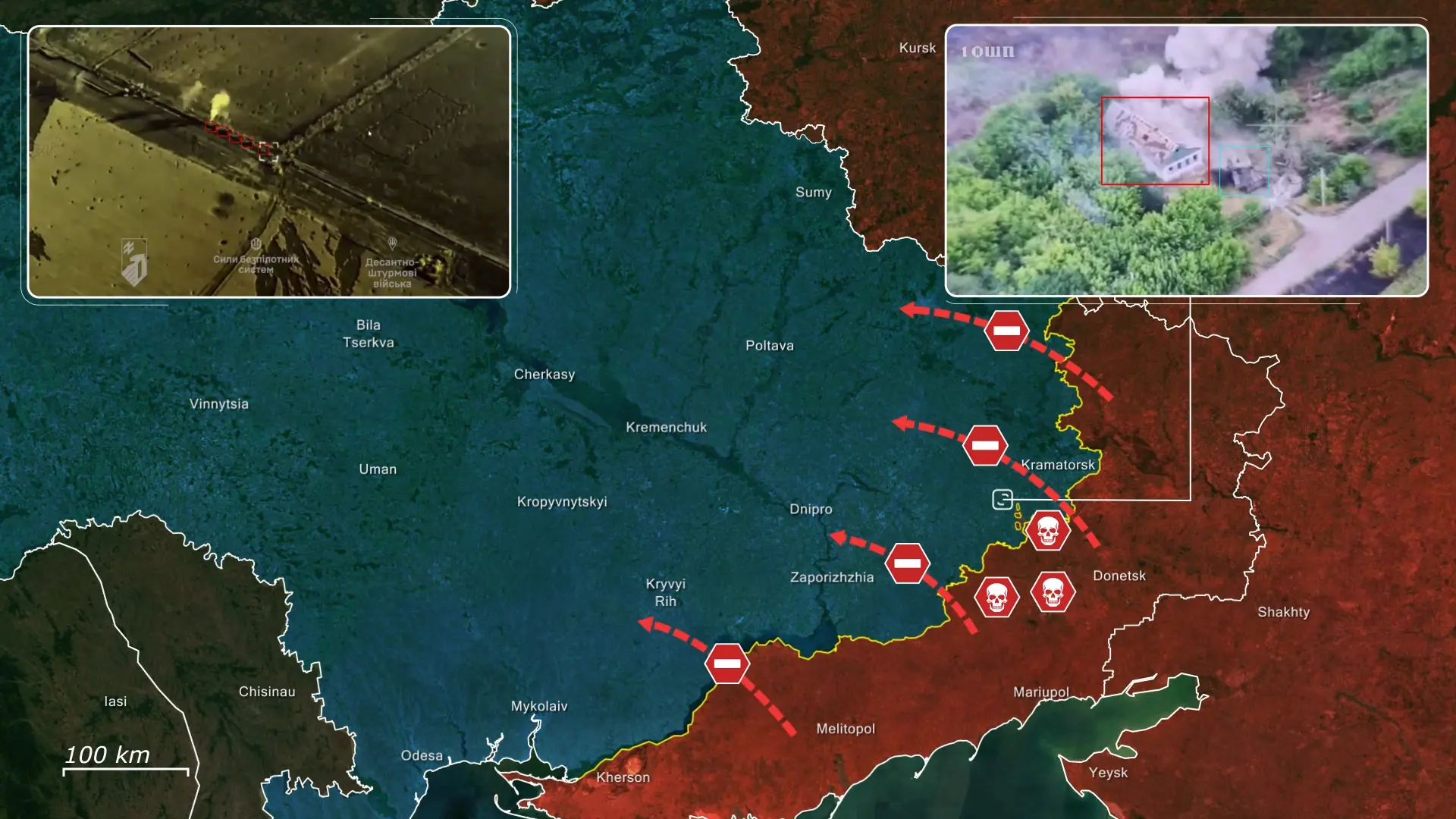
Similarly, in the Sumy direction, the Russians are losing a lot of men trying to hold on to past gains in Oleksiivka, even if the situation has become practically untenable.
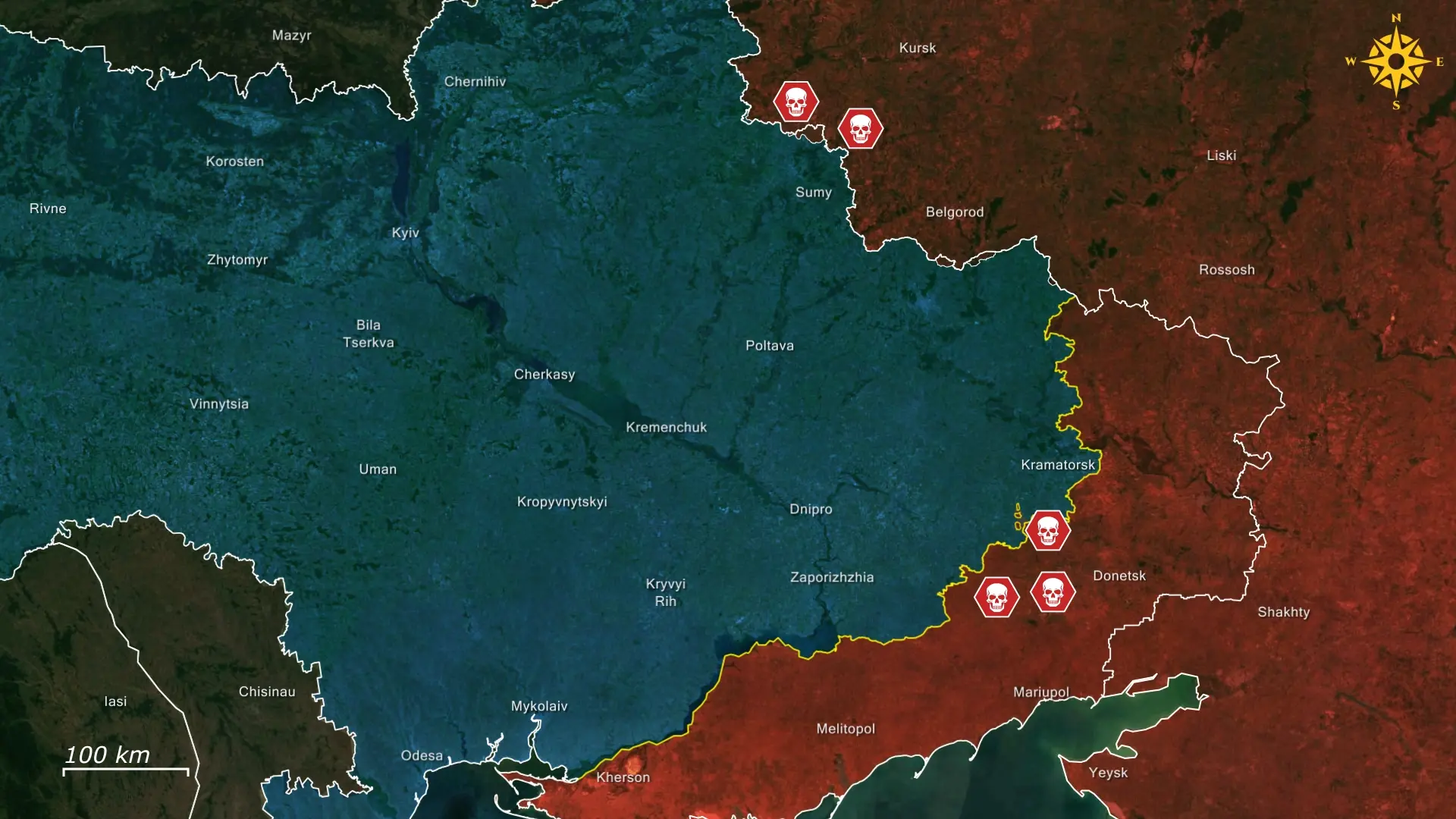
Ukraine is taking advantage of the constant offensive philosophy of the Russian army, partially allowing them to funnel more troops into the kill zones across several sectors, as these efforts show to be working across several parts of the frontline. Notably, most of these funnel operations are conducted completely or in part by Ukraine’s assault regiments and battalions, which have recently been unified under a combined assault forces branch, helping to coordinate their resources, knowledge, and efforts, even over several fronts simultaneously.
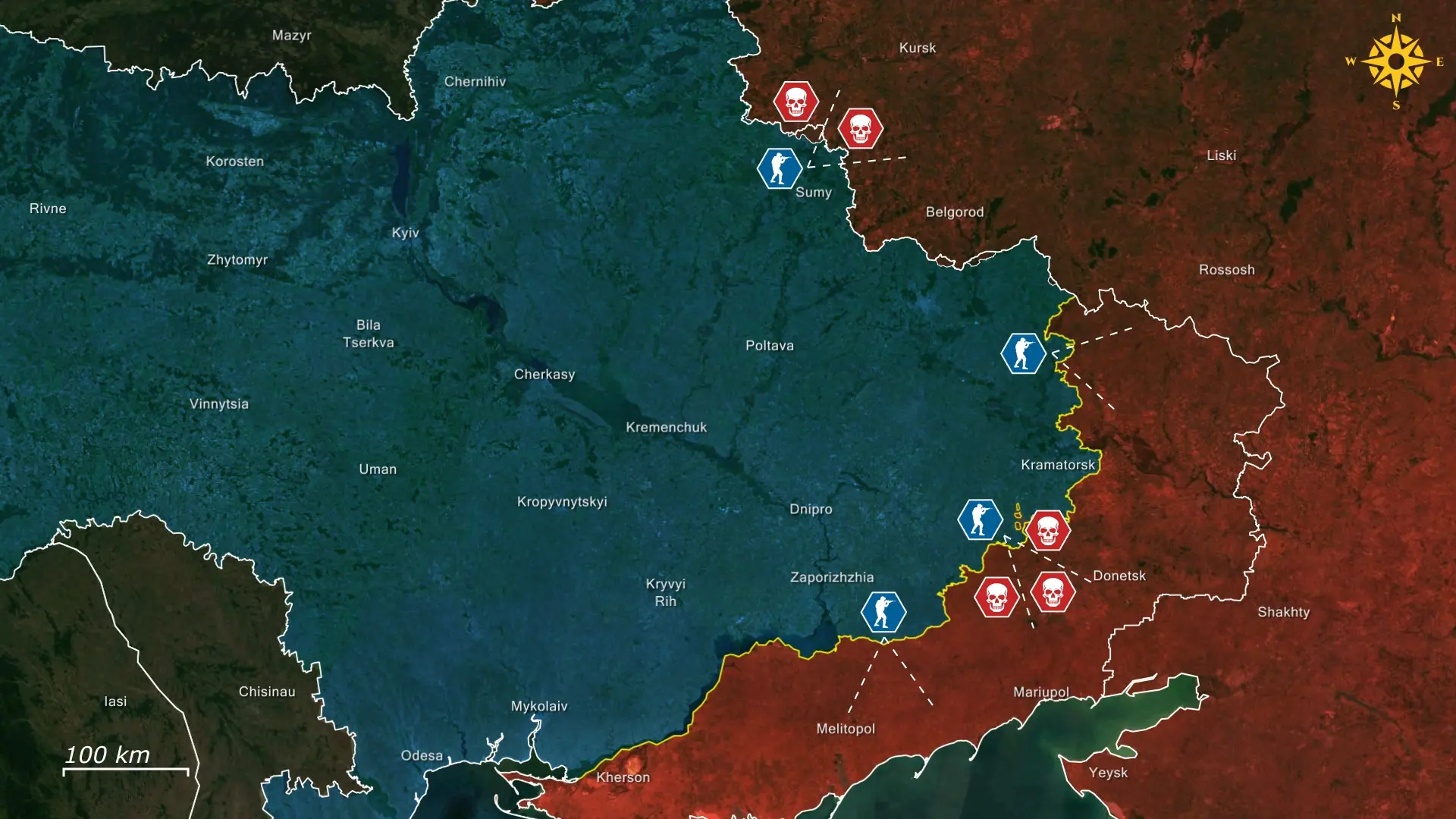
Under the new branch, Ukraine’s ability to defend effectively against the Russian onslaught also contributes to the decreased success of the Russians.
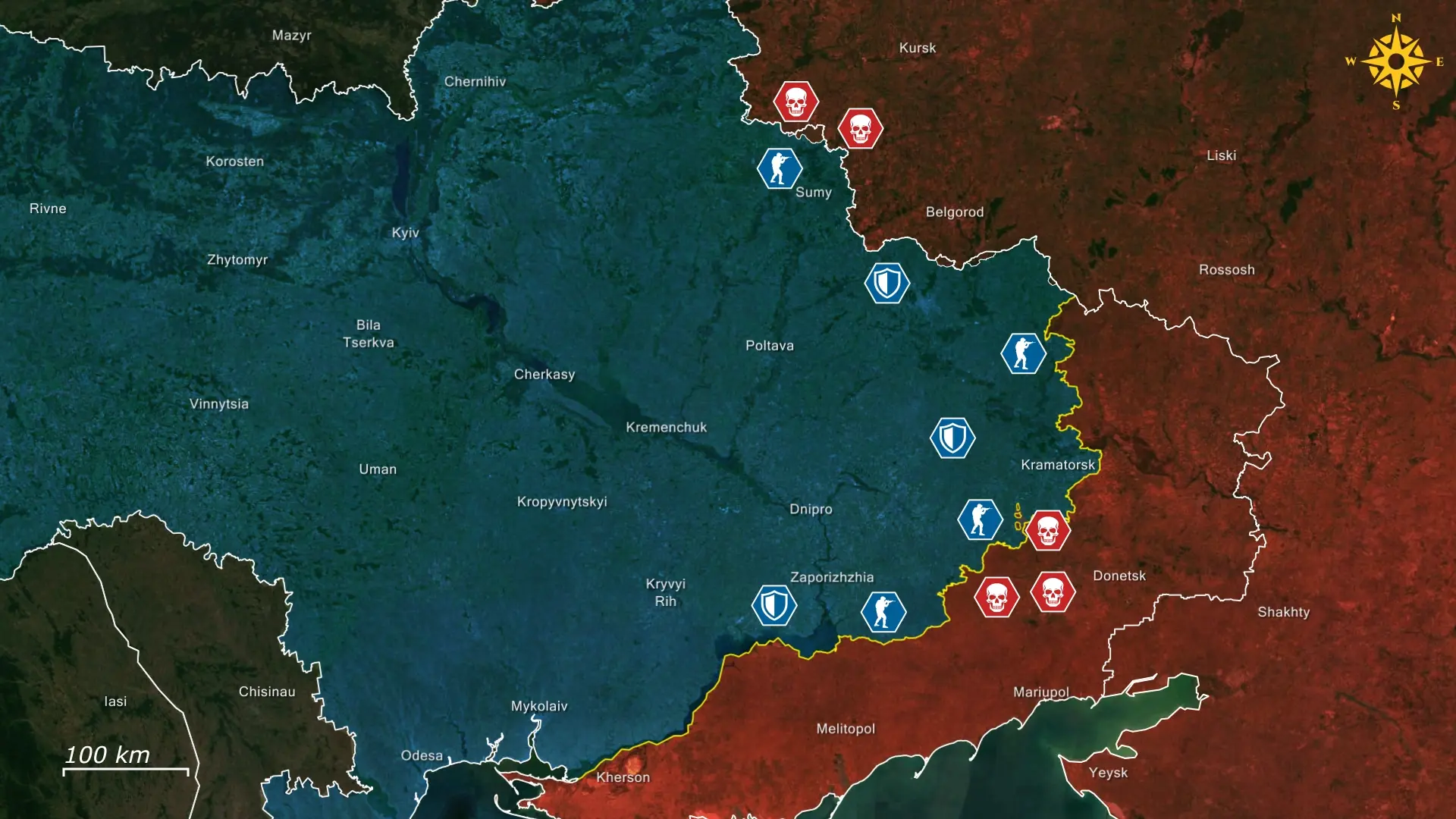
Overall, Russia’s territorial gains are decreasing, while the intensity of its attacks remains the same. Their new tactic of small infantry groups allows them to maintain an offensive stance long past the point their capabilities have essentially cumulated, explaining the Russian rate of advance being sliced in half, even before the mud season sets in.
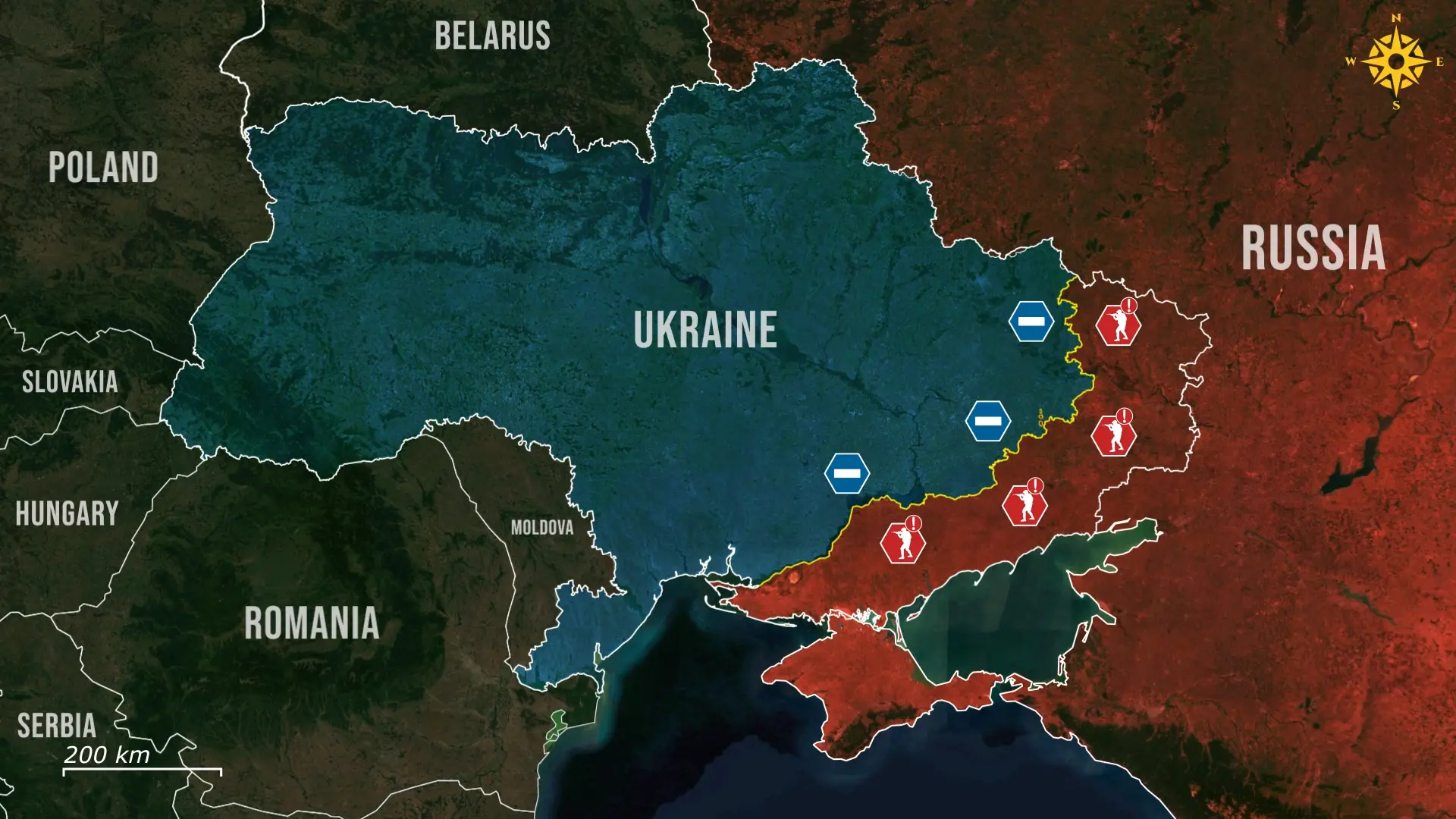








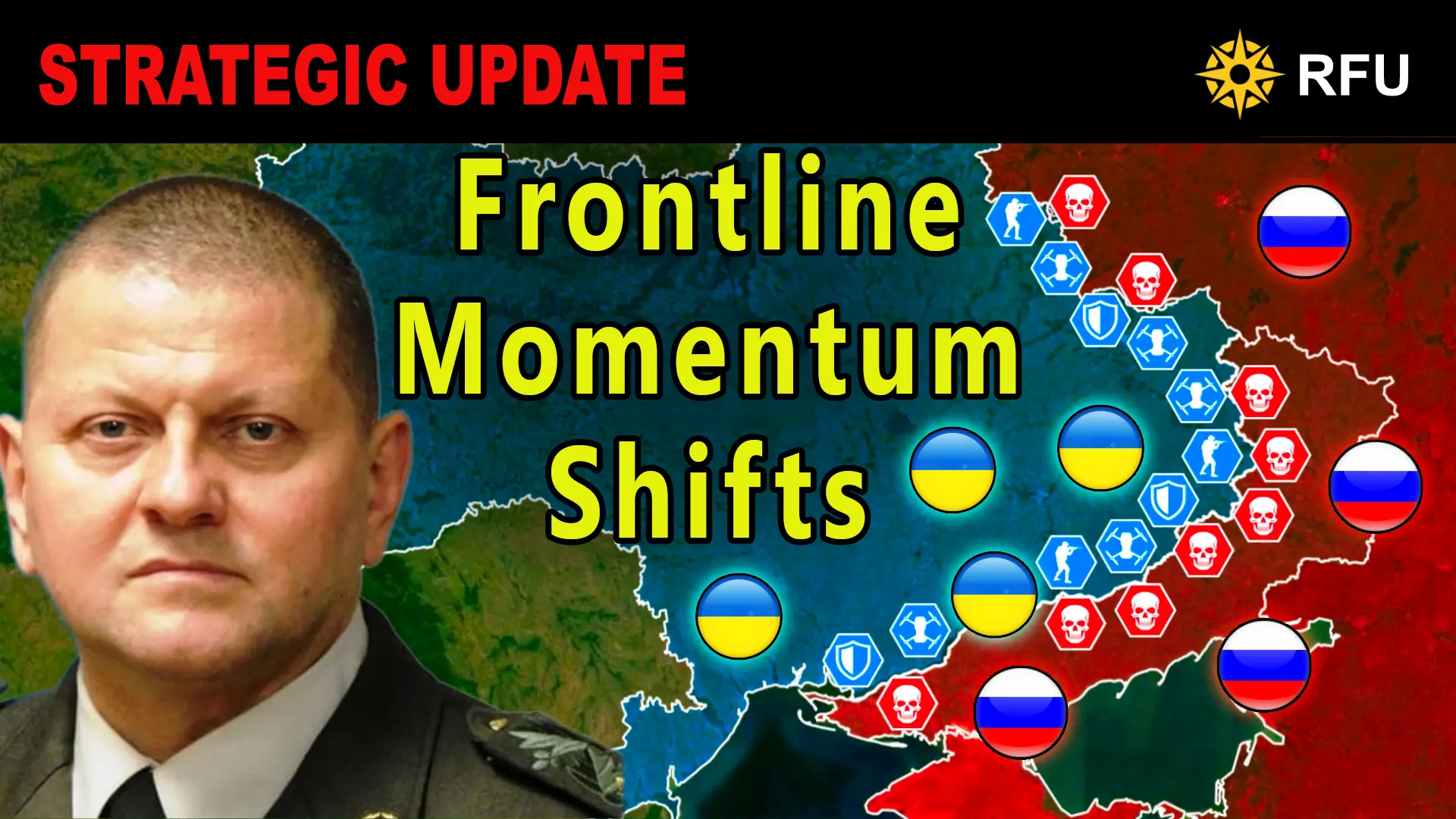
.jpg)
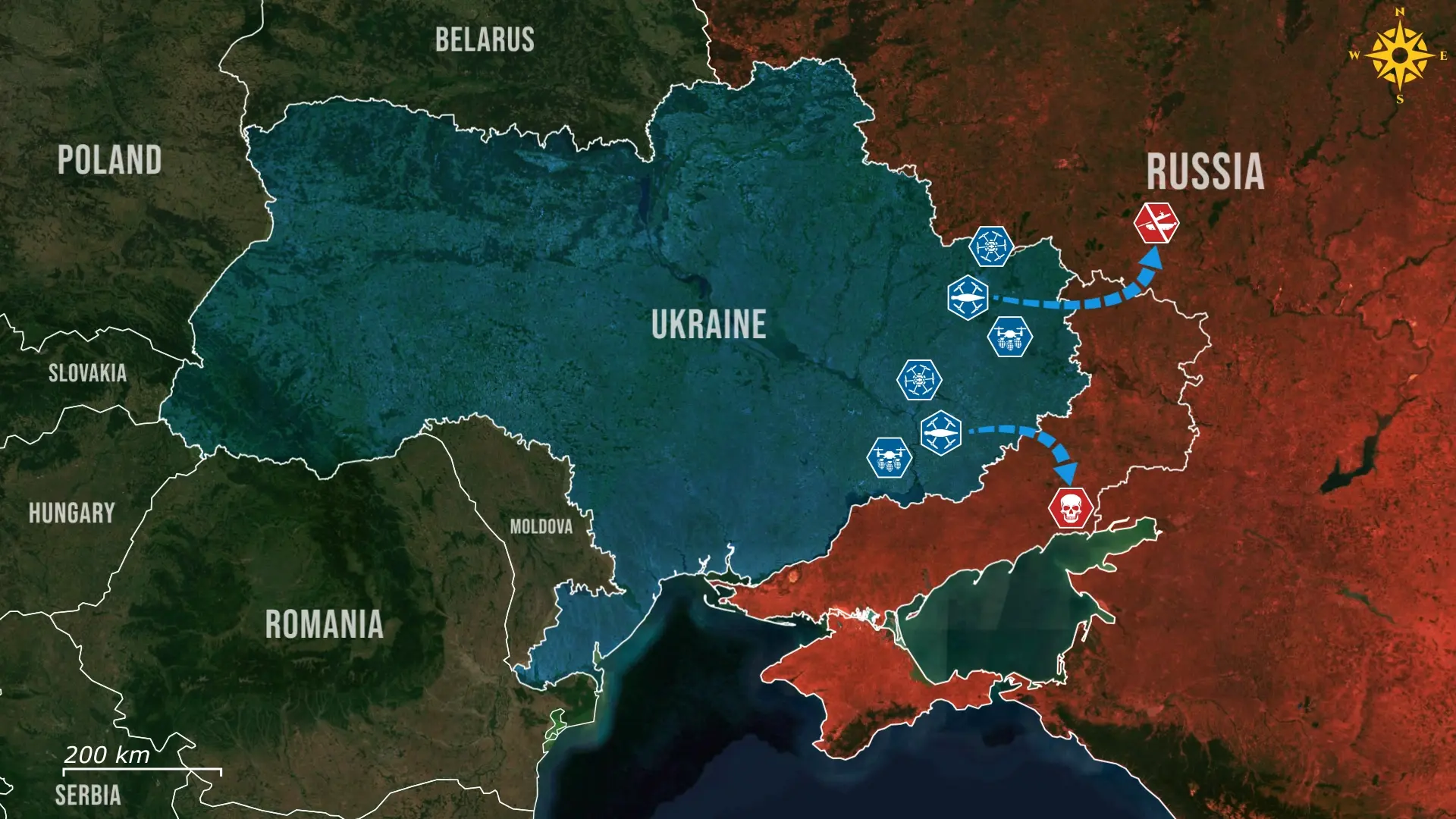

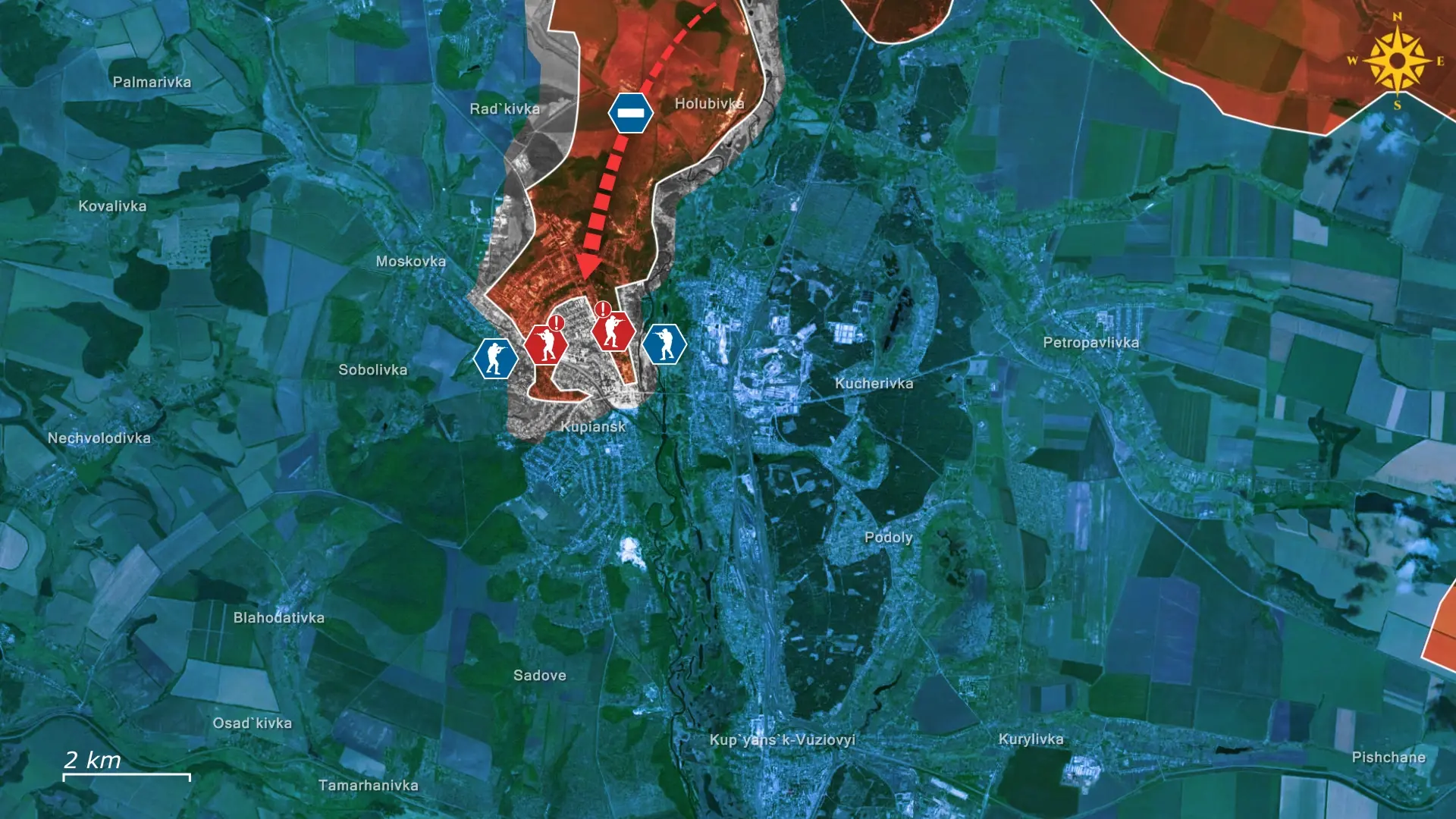
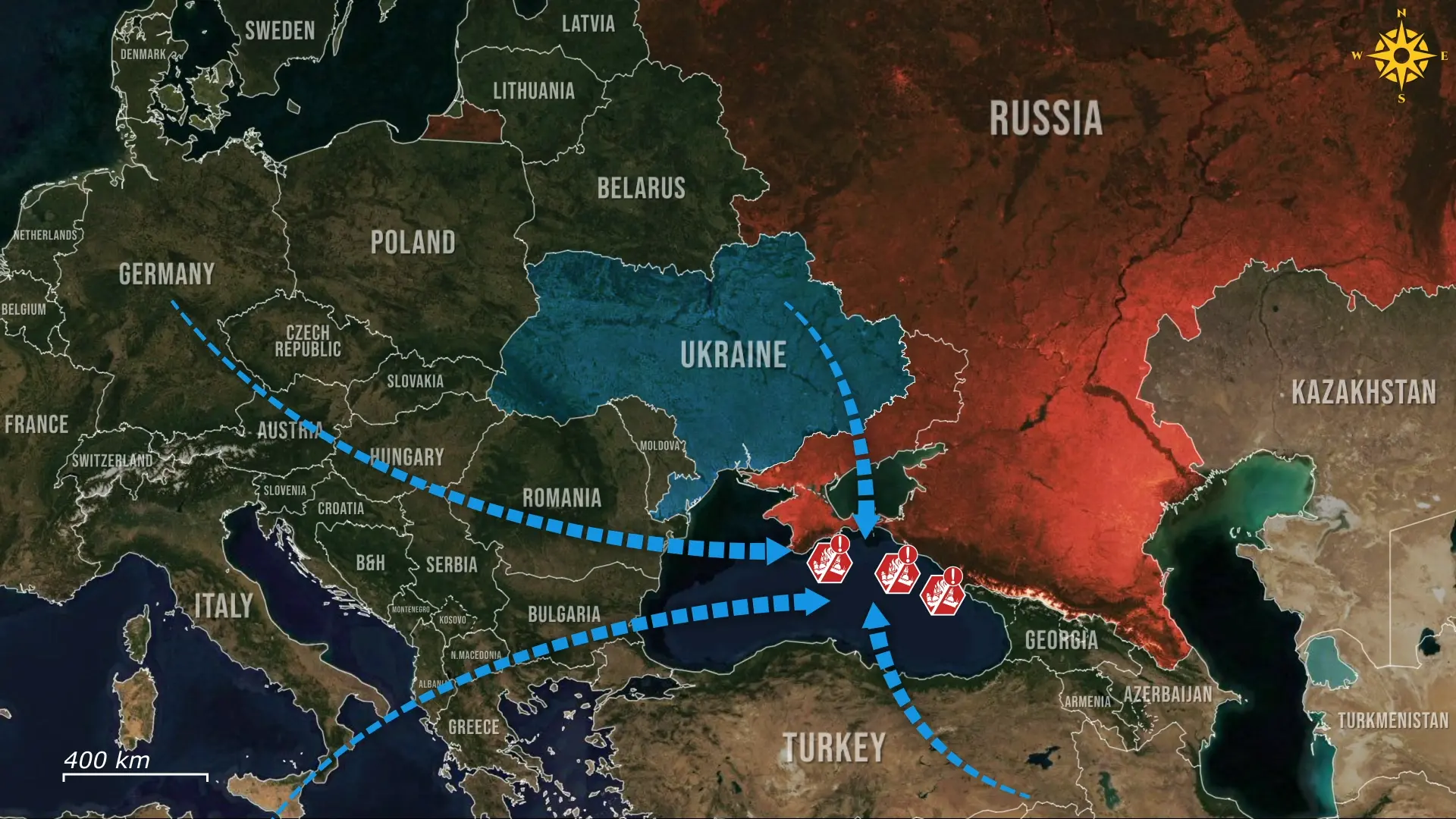
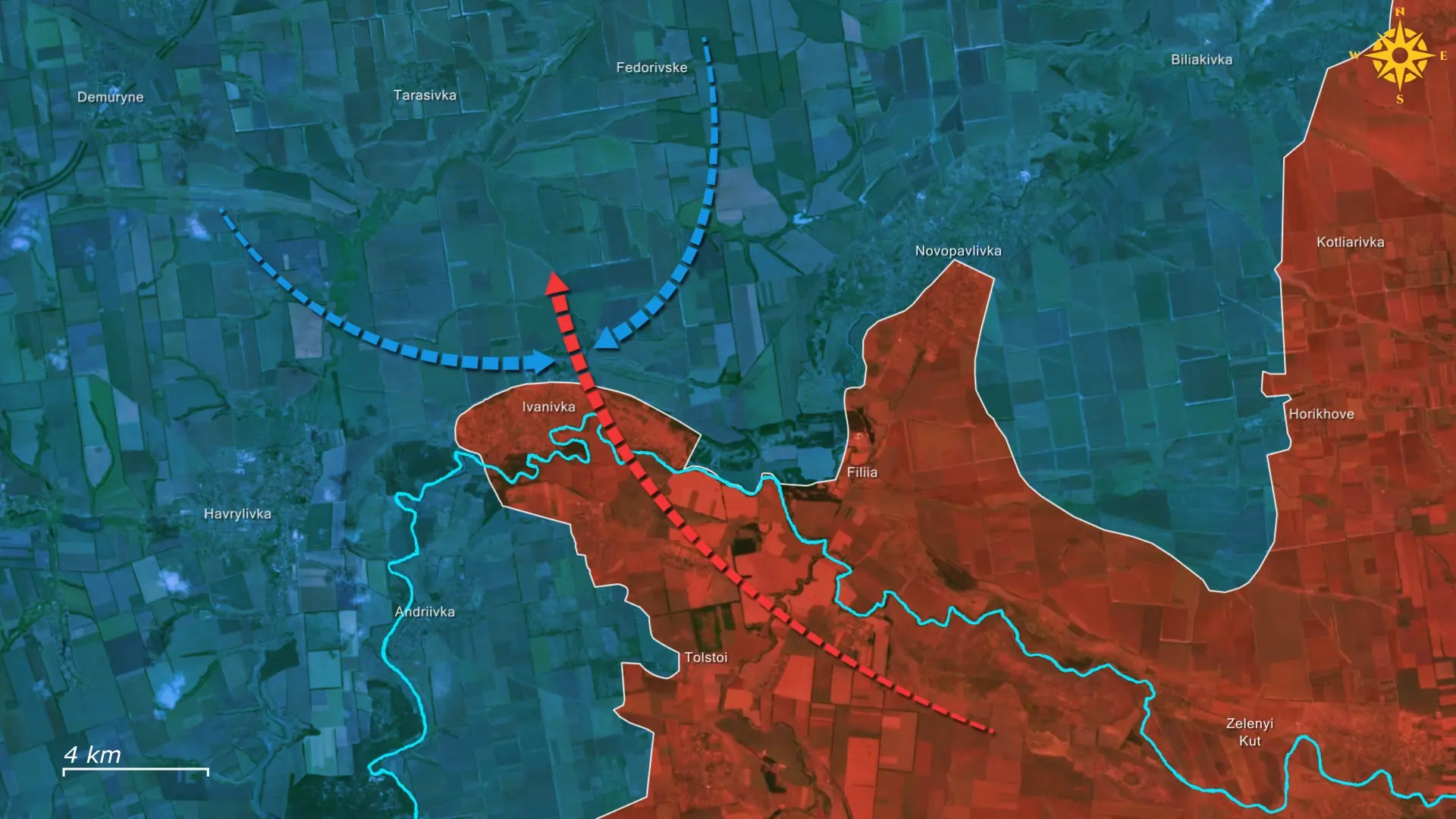

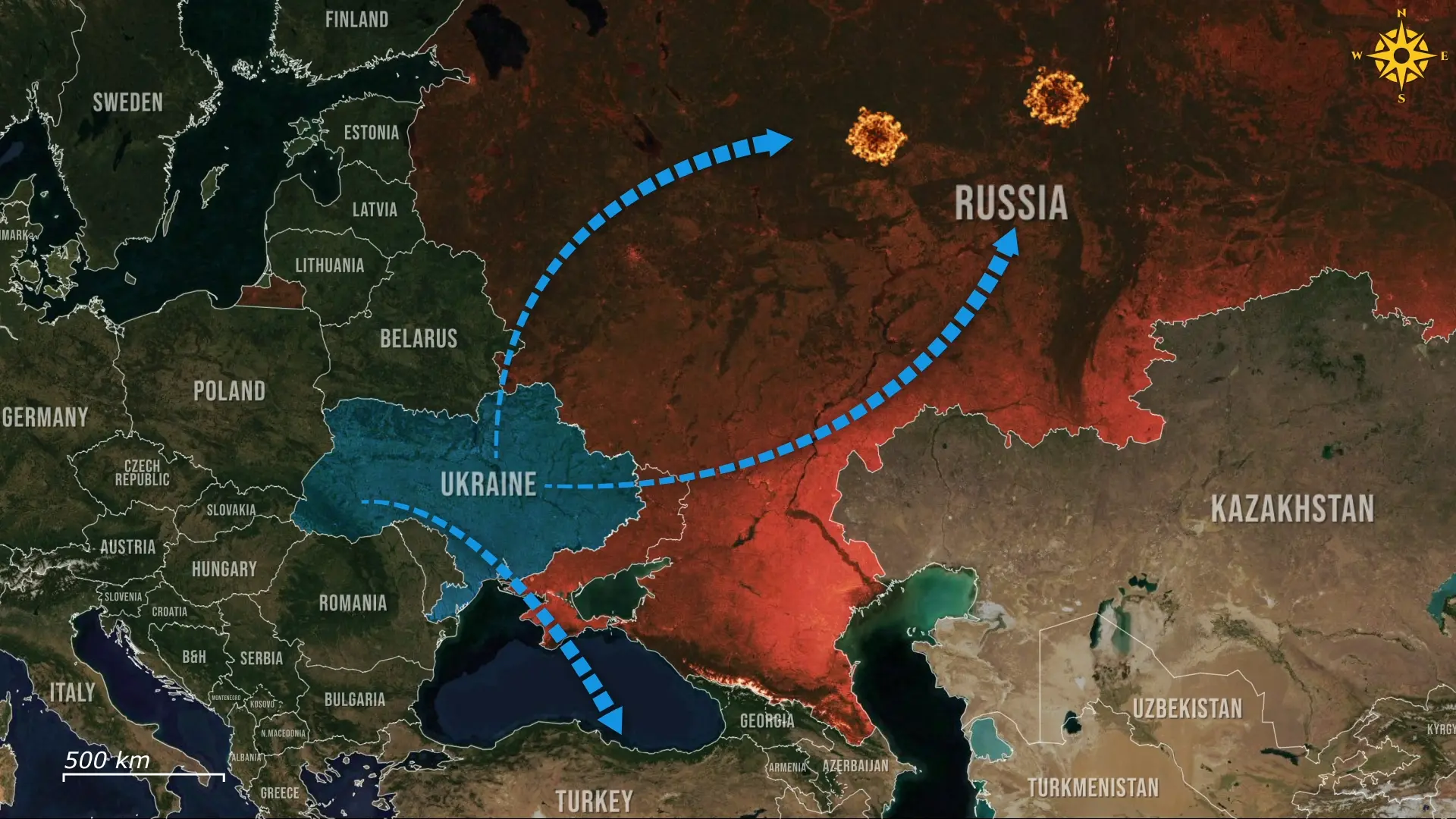
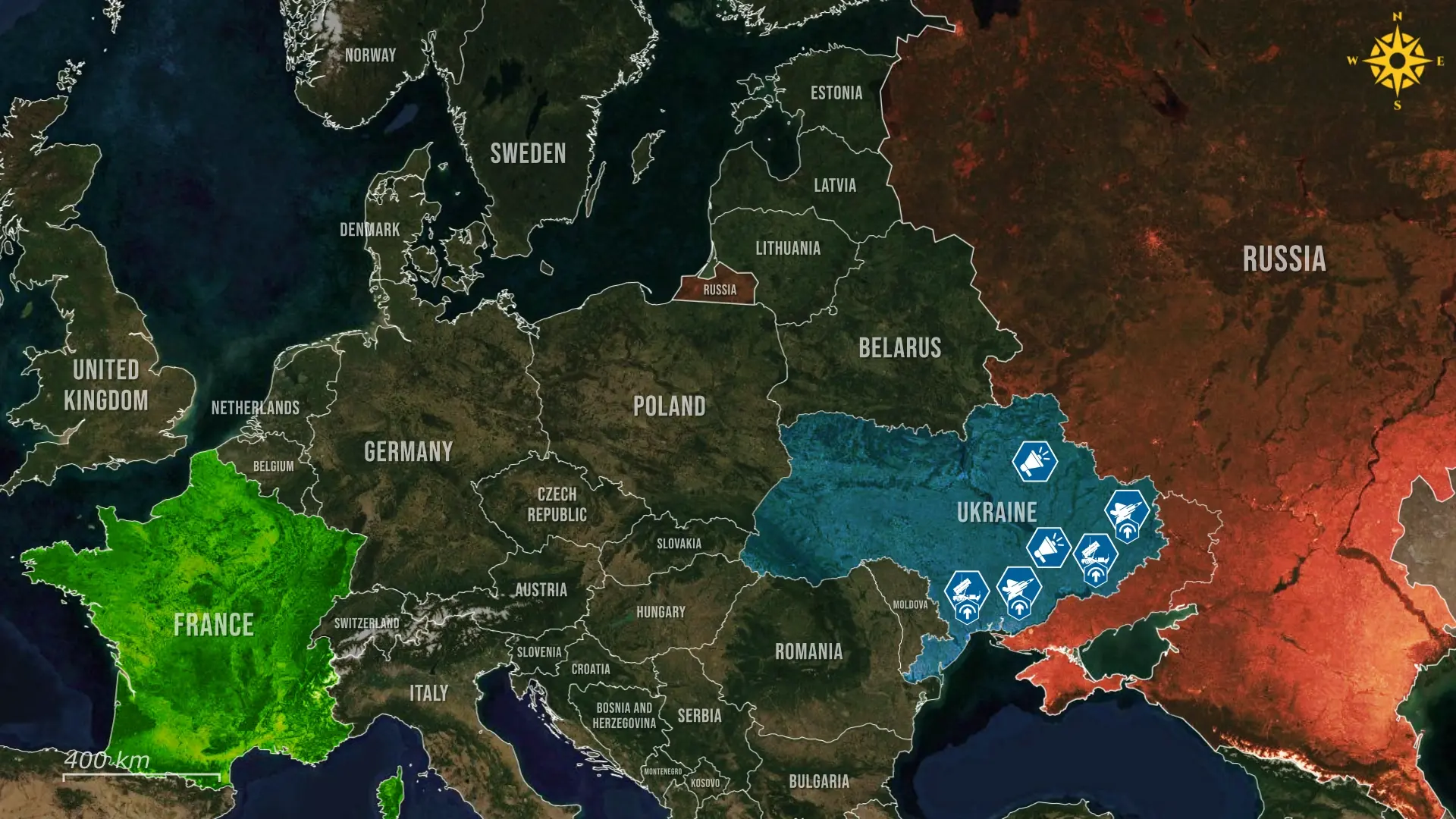
Comments